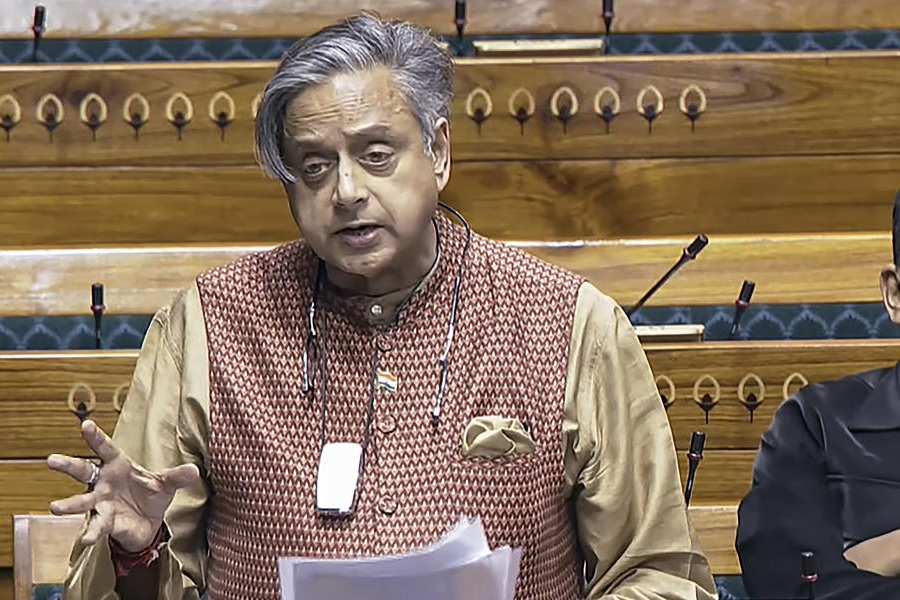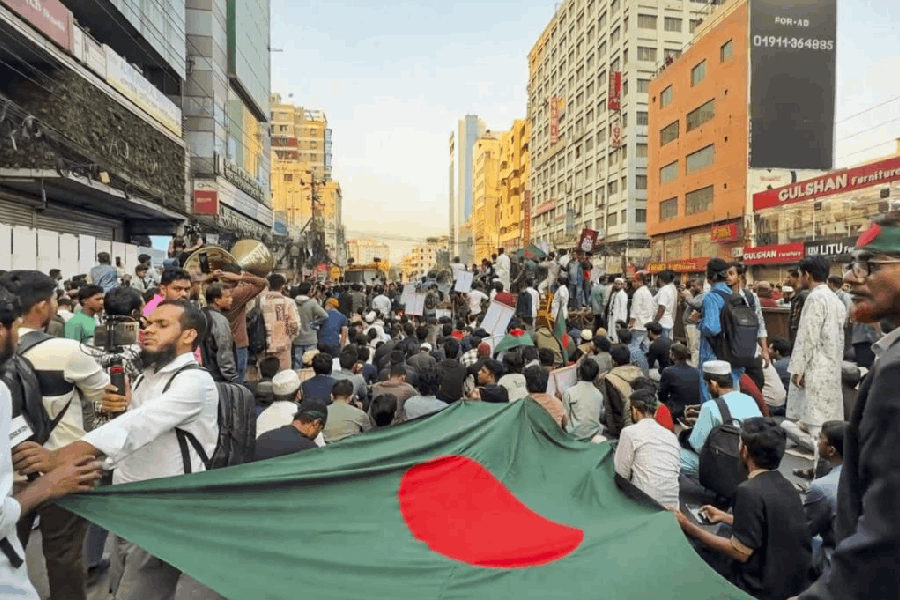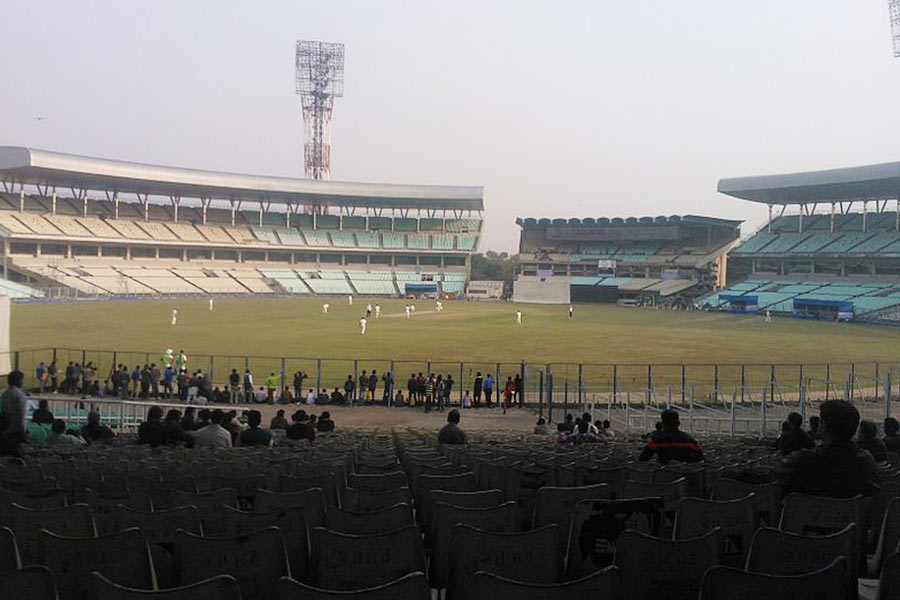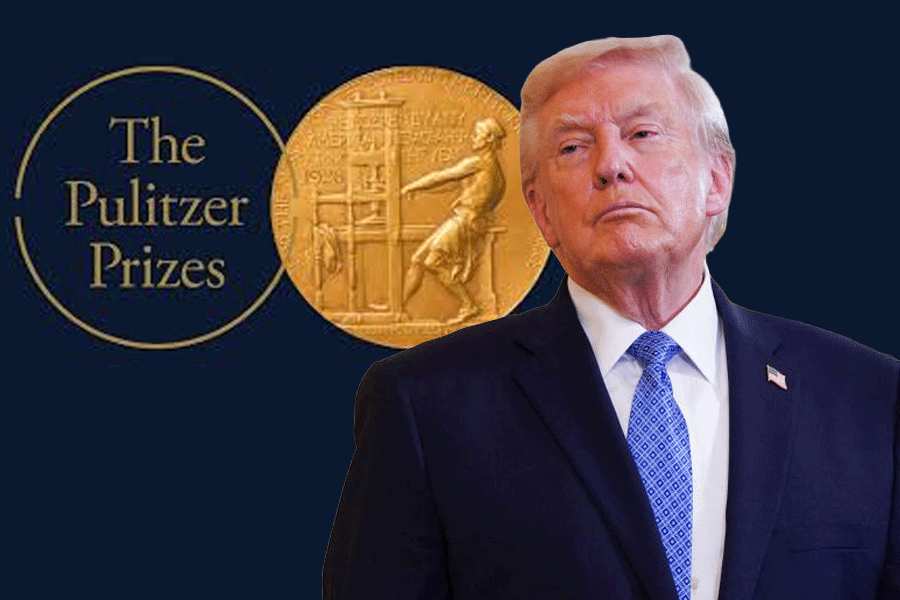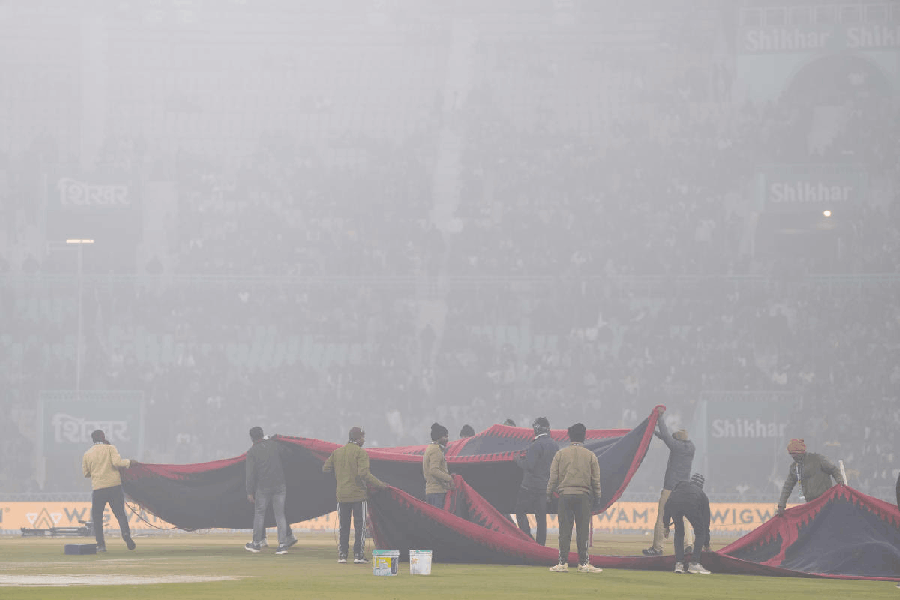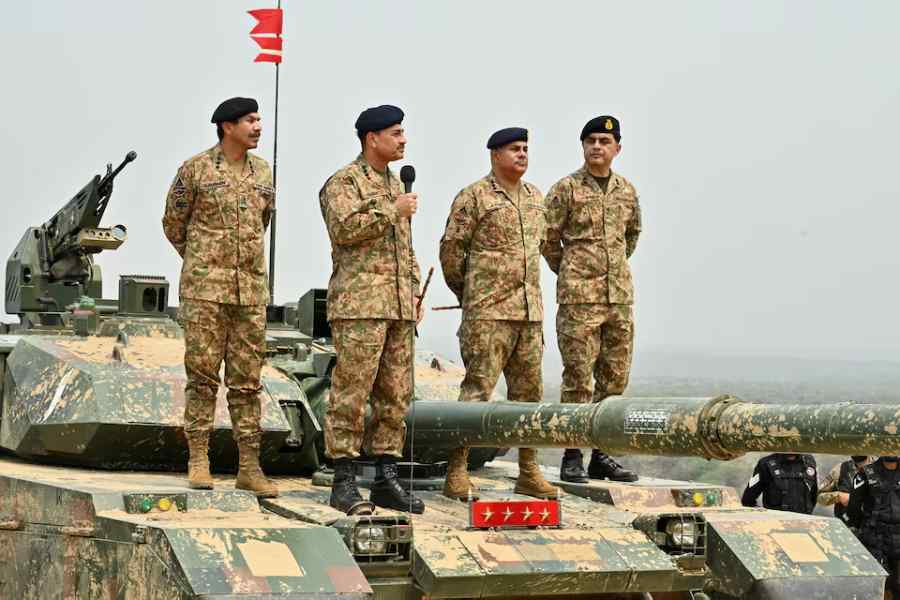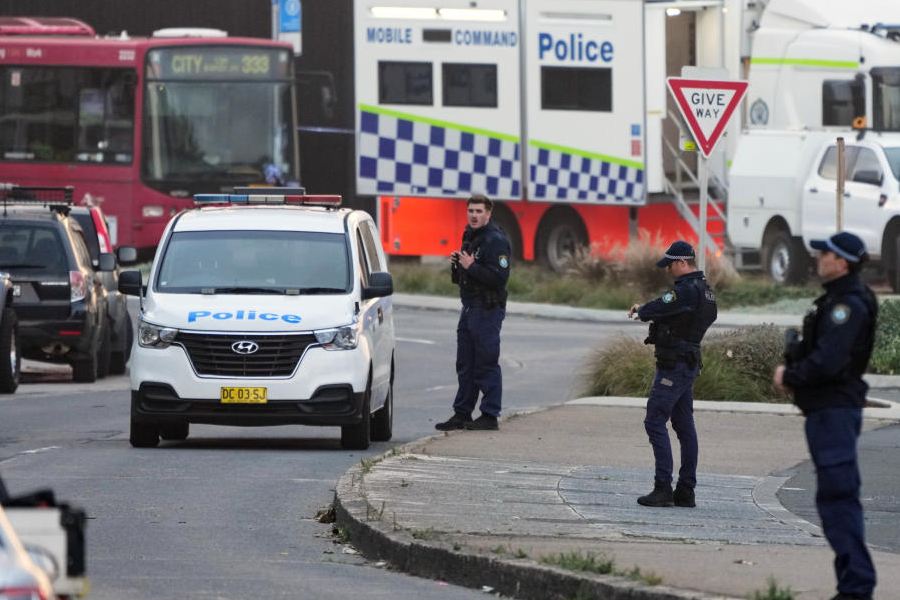The violent spike in Kashmiri unrest which has claimed 21 lives over two days since Friday's killing of Burhan Wani, the 22-year-old Hizbul militant who amplified his profile using social media, hasn't arrived unforeseen. It's another matter many did not see it or refused to.
An exhaustive, and classified, report submitted by a top officer of the Kashmir police earlier this year had raised an alarm loud enough for all to hear. "... (Our) study reveals that the accessibility to social media (in the Kashmir Valley) was 25 per cent in 2010, which rose to 30 per cent in 2014 and sharply escalated to 70 per cent in 2015. The glamorisation of the gun and violence gets acceptance in a small section of young, impressionable minds who consider themselves at the receiving end in the contemporary political scenario," said the report driven by former IGP (CID) of the state police, Abdul Ghani Mir.
A copy of the Mir submissions, later presented to Union home ministry officials in a PowerPoint event, has been made available to The Telegraph. The report has cannoned around high tables of the Jammu and Kashmir government since it was completed earlier this year but received scarce attention.
SECRET REPORT HAD RAISED SOUTH KASHMIR ALARM
.jpg)
A sharp observation, rendered suddenly relevant, is this: the steep climb in social media access coincides with the swift burgeoning of Burhan Wani's reputation, built largely out of accessing social media networks from his hideouts.
By the time he was gunned down in South Kashmir's Duroo bush on Friday, Burhan had become Kashmir's most followed social media entity - his face was on every other youngster's phone, he dominated WhatsApp chats, his video exhorts to "liberation" were ubiquitous on Internet platforms.
Burhan, and the mythology around him, could well have fuelled some of the social media surge Mir's report spoke of.
The second, and probably more symptomatic and long-term, finding of the Mir report is how South Kashmir, the home base of Jammu and Kashmir chief minister Mehbooba Mufti and her People's Democratic Party (PDP), has become the Valley's chief nursery of militancy by far. Of the 156 fresh recruits to militancy the study focused on, 99 belonged to the South Kashmir pockets of Pulwama, Anantnag, Kulgam, Awantipora and Shopian. Burhan came from a village in Tral in Pulwama, known to be a hardcore enclave of militancy.
The report, in fact, named Burhan as one of those in the police/intelligence crosshairs, described his background and put a partly empathetic diagnosis on how and why a teenager like him embraced arms: "The militant's family are sympathisers of Jamaat-e-Islami. Militant comes from Hanafiat (Hanafi sect) but is a Jamaat sympathiser. Attended a local ' darasgah' (religious seminary) in Naibugh, which is being run by Jamaat sympathisers. The militant is also habitual of attending Jamaat ijtemas (gatherings).
"Militant was an OGW (overground worker) for one month and was closely linked to a militant named Shabir Ahmad Bhat of Hyhama. The militant was harassed/beaten by SOG (Special Operations Group), Tral, frequently. The subject considers himself a victim of State action. Militant lost his brother in an encounter with security forces. Peers of the militant were distractive in nature. Among the peers of the militant three are OGWs, one has been killed, one released and one involved in stone-pelting case. The immediate influence of such a combination is quite evident. Peer group seems to be the dominant reason for his joining militancy. There are three active militants, 38 killed and 34 released/surrendered in the vicinity of the militant."
South Kashmir, where Burhan came from, and which is the eye of the swirling blood-storm, has seen the graph of militancy ascend dramatically, 45 per cent, according to the Mir report, which is by far the steepest.
The timing of this climb may be significant - it happened between 2104 and 2015. Having fixed the period in which the youth resumed turning to militancy, the report notes: "One noticeable outcome of this study is that this wave of fresh recruitment is based or driven by ideology as the surge is only seen in South Kashmir, and there too, in identifiable areas...."
What other event of significance came to transpire in Kashmir during this time? The PDP joining hands with the BJP to form a government under the late Mufti Mohammed Sayeed. It is a political and power partnership that his daughter Mehbooba Mufti decided to controversially resume after an extended dilly-dally.
There isn't conclusive evidence yet, empirical or emotional, to link South Kashmir's renewed turn to armed militancy to the PDP's decision to join hands with the BJP, a party committed to the abrogation of Article 370, which bears a strong emotive tug in the Valley, and widely perceived in Kashmir as "antithetical" to its political and civilisational interests.
But the PDP's political adversaries are already making a case the Muftis have triggered a new wave of militancy by "marrying the BJP for power" and, in the process, disappointing ranks that came to the PDP fed on the aspiration of effective autonomy if not "self-rule", the one-time PDP slogan.
In a recent interview to The Telegraph, the National Conference leader and Mehbooba's predecessor as chief minister, Omar Abdullah, said: "This alliance (the PDP-BJP) has so little sanction on the ground. I think it is safe to say that the PDP occupied the space between the National Conference and the Hurriyat. That space has completely disappeared today with the PDP going to the BJP. While some of those people have gravitated towards the National Conference, a large chunk has actually gone towards the separatist side."
The Mir report - and the ominous turn over events in the Valley - could well be echoing that partly, if not in full measure. Burhan Wani has been killed, there are many being fashioned by the pathology of mutual rage and wrath that underlie the torment of Kashmir.

.jpg)
